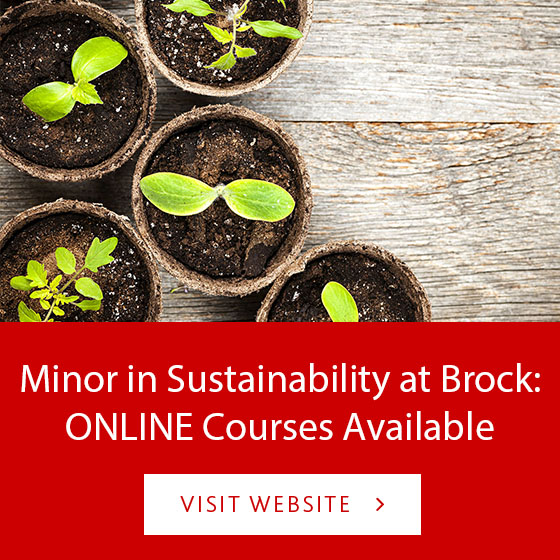Blog Contributor: Jillian Booth

The St. John River, the longest in Eastern Canada, flows through a variety of landscapes along its 700 km length with its headwaters located in the province of Quebec and state of Maine and empties into the Bay of Fundy located in the province of New Brunswick (CRI, 2011). It acts as an international boundary between Canada and the USA with a population of approximately 513,000 people that are evenly distributed between rural and urban areas (Plummer et al., 2016). The Wolastoqiyik or Maliseet people, Indigenous to the St. John River valley have named the area Wolastoq or W’aslustuk meaning “beautiful and bountiful river” in the Maliseet language (Currie et al.,2020). The river and its surrounding watershed act as the economic powerhouse for New Brunswick supporting local communities through their agriculture, forestry, fishing, and energy sectors (WWF-Canada, 2020). The basin has been classified as a priority region for the Government of Canada under the Pan-Canadian approach to transforming Species at Risk conservation in Canada, as it is home to multiple species at risk and acts as a nature-based solution to climate change with its ability to store carbon from its high levels of soil carbon and forest biomass (Arabian J et al., 2019).
In New Brunswick, spring flooding is a common occurrence and every year the entire Wolastoq/St. John River is vulnerable to two types of flooding: ice-jam flooding and open-water flooding (Fraser, 2019). Ice – jam flooding usually occurs in the areas of Edmundston, Grand Fall, Perth-Andover, and the Woodstock from ice chunks getting stuck on something while flowing down the river causing water to build up behind the ice (Fraser, 2019). Whereas open water flooding typically occurs below the Mactquac Dam in the Fredericton, Maugerville, Jemseg, and Saint John areas when the river is overwhelmed by the excess water produced by snowmelt (Fraser, 2019). Recently, a record-setting open-water flood occurred in 2018 that resulted in millions of dollars in property damage specifically in the Fredericton and Saint John regions (Cox, 2021). Increasing water levels destroyed homes, cottages, and businesses displacing 1,600 residents for months in some cases (Fraser, 2019). This flooding reoccurred in the spring of 2019 damaging homes and restricting access to certain communities due to washed-out roads raising local concerns that action needed to be taken to reduce the impacts of flooding (Cox, 2021).
The 5-year Brock-WWF Canada partnership for freshwater resilience was initiated in June 2019, designed to better understand how to build resilience in Canada with the increasing threats and climate change impacts on our freshwater resources (Brock University, 2021). The partnership aims to advance our understanding and promote the application of freshwater resilience and stewardship by 1) encouraging the co-creation of knowledge between researchers and practitioners and 2) identifying innovative and evidence-based approaches for management and governance (Brock University, 2019). The partnership’s initial focus is working to address the lack of communication/collaboration among actors involved in flooding planning within the Wolastoq/St. John River basin. This will be achieved not only through research but also through community engagement and events to better inform evidence-based decisions (World Wildlife Fund Canada, 2020). The lessons learned can be applied to efforts across Canada, providing a foundation for evidence-based decisions, promoting opportunities for innovation, and encouraging the use of best practices (Brock University, 2019).
References:
Arabian J., Currie j., and Snider J. (2019).Wildlife Protection Assessment: A national habitat crisis. World Wildlife Fund Canada. Toronto, Canada. https://wwf.ca/wp-content/uploads/2021/01/habitat-report-english-web-53019.pdf
Brock and WWF-Canada partnership to Address Freshwater Challenges. (2020, June 17). World Wildlife Fund Canada. Retrieved March 23, 2021, from Brock and WWF-Canada Partnership to Address Freshwater Challenges – WWF.CA
Canadian Rivers Institute (CRI). (2011, July). The Saint John River: A State of the Environment Report. University of New Brunswick. St.+John+river+report1-min.pdf (squarespace.com)
Cox, A. (2021, March 11). New Brunswick launches flood monitoring platform ahead of spring melt. CBC News. New Brunswick launches flood monitoring platform ahead of spring melt | CBC News
Fraser, E. (2019, March 23). What you need to know about possible flooding in New Brunswick. CBC News. https://www.cbc.ca/news/canada/new-brunswick/new-brunswick-flooding-st-john-river-basin-2018-1.5051577
Memorandum of Understanding Between World Wildlife Fund Canada and Environmental Sustainability Research Centre Brock University. 2019. May 17th. Brock University. Retrieved March 23, 2020
Partnership for freshwater resilience. Brock University. Retrieved March 23, 2021, from Partnership for Freshwater Resilience – Environmental Sustainability Research Centre (brocku.ca)
Plummer, R., Baird, J., Krievins, K., & Mitchell, S. (2016). Improving river health: insights into initiating collaboration in a transboundary river basin. International Journal of River Basin Management, 14(1), 119–132. https://doi.org/10.1080/15715124.2015.1080717
